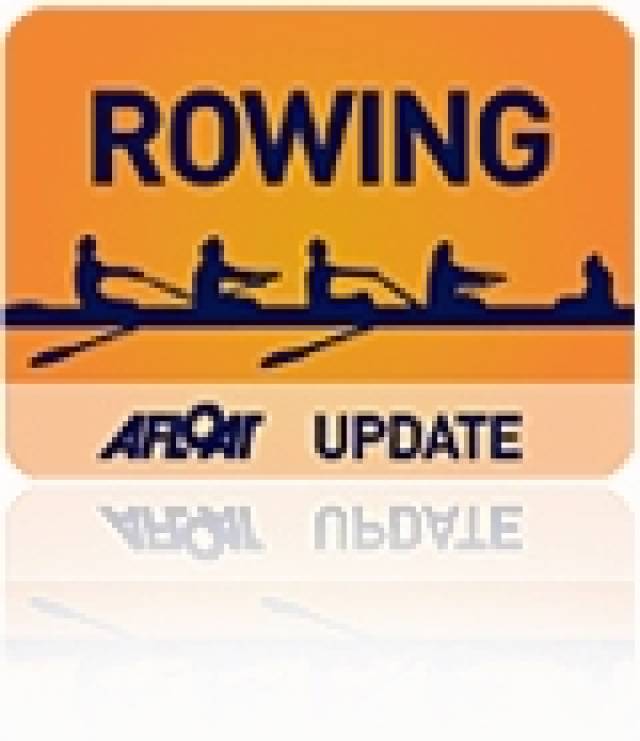#RNLI - The new Tramore RNLI D-class lifeboat D-781 will be officially named the Isabella Purchase during a ceremony at the National Lifeguard Training Centre in Tramore on Saturday 12 September at 3pm.
The lifeboat will be named during a short ceremony and service of dedication by Mrs Sally Mongey, wife of the late Finn Mongey. Finn was the lifeboat operations manager for Tramore RNLI Lifeboat Station from when it re-opened in 1964 until his retirement in 1984.
The lifeboat is being named in honour of Mrs Ivy Purchase, known as Isabella, who died in September 2012, leaving her estate to the RNLI to provide a lifeboat in her name. Isabella lived in Midhurst, West Sussex and was a long-time supporter of the charity.
This new lifeboat replaces the Trá Mhór, which was placed on service on 30 June 2005 and launched 127 times, rescuing 100 people over its lifetime.
Tramore RNLI lifeboat operations manager Derek Musgrave, who will be accepting the lifeboat on behalf of the Waterford lifeboat station, said: "On behalf of all the volunteers with Tramore RNLI I would like to express our sincere gratitude to the late Mrs Purchase for her generous and life-saving gift.
"This lifeboat is the vessel that will carry our volunteer lifeboat crew out to sea to save lives and onboard it, our volunteer lifeboat crew will learn and develop their skills through extensive training.
"We look forward to welcoming the people of Tramore, who have been so generous in their support to the RNLI and our lifeboat station, to show them the newest edition to the life-saving fleet in Ireland."
The D-class lifeboat is built at a cost of €62,000 and has been the workhouse of the charity for nearly 50 years. It is inflatable, robust and highly manoeuvrable, capable of operating much closer to the shore than the all-weather lifeboats.
It is especially suited to surf, shallow water and confined locations, often close to cliffs, among rocks or even caves. It measures five metres in length and can carry three crewmembers onboard. It has an endurance of three hours at sea, at its maximum speed of 25 knots.
All are welcome to attend the naming ceremony and service of dedication. Please note that the Totem Pole car park located at the end of the Lower Promenade along the seafront will be closed to facilitate the ceremony from 9am to 5pm on the day. An alternative car park located adjacent to this will remain open to the public and can be accessed by Estuary Road. Alternative parking will also be available along the Main Promenade.































































